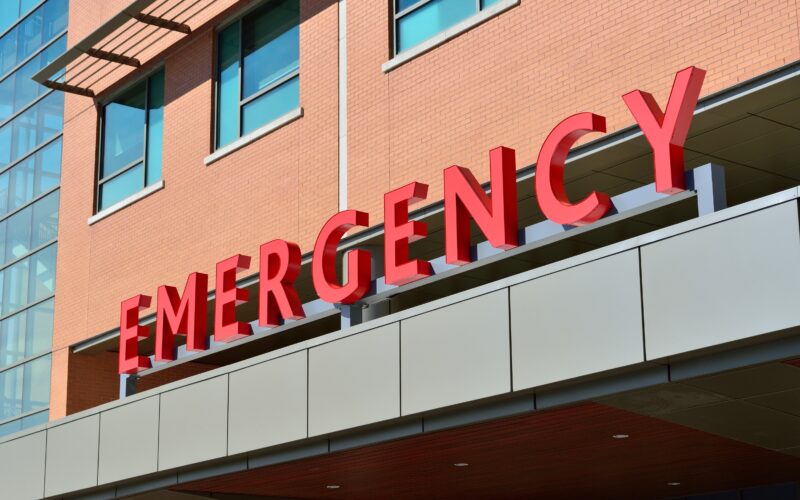As rural health services buckle from a lack of medical staff, volunteer first responders and rescue helicopter services are being relied on to fill the void.
Data provided to the Farmers Weekly shows that in the past year Fire and Emergency New Zealand’s 59 rural volunteer brigades with first responder services attached attended 4411 medical incidents, a significant increase on the 2645 calls for the year to March 2016.
Airways NZ data shows flight plans lodged for aerial medevac and hospital transfers, one way to measure trends, rose from 11,079 in 2017 to 13,478 in 2022.
A spokesperson noted that data refers to medevac and hospital flight plans lodged by helicopter and fixed-wing operators, but the terms could also refer to flights for the transfer of blood or organs.
A shortage of at least 150 general practitioners, medical professionals and after-hours accident and emergency services is putting pressure on those living in rural communities.
This data shows volunteer first responders and rescue helicopters are having a greater role responding to emergency needs in rural areas.
Cameron Grylls, a senior medical response specialist with Fire and Emergency NZ (FENZ), said the number of medical emergencies attended by fire fighters is increasing significantly, and cases range from broken bones to suicides, heart attacks and respiratory arrests.
First response stations have been established by choice of individual volunteer brigades, for which fire fighters receive additional medical training.
“While it may increase their response workload, many of them see the real value and benefit of providing this service to their community.”
Grylls said this allows medical first responder (MFR) brigades to maintain an elevated level of medical response in locations where St John have requested support.
A trained MFR is likely to arrive first at a medical emergency and provide initial care until an ambulance arrives.
“One of the major functions of first response brigades is providing support to our ambulance colleagues prior to their arrival, by arriving quickly and doing initial assessment and treatment,” Grylls said.
Graeme Gale, who owns Helicopters Otago with his wife Rosslyn, said when he began rescue services, he worked with the intensive care unit at Dunedin Hospital to ensure access to highly trained paramedics, doctors and nurses.
“We can take the care to the patient, stabilise the patient and take them to wherever they need to go.”
Gale said they are certainly busier since the lifting of covid restrictions but attributes that to more people being involved in recreational activities, with a greater chance of accidents.
The trust operates helicopters at Taieri Airport near Dunedin and Queenstown and in the year to June 30 2022 responded to 1611 patients, flying 2852 helicopter hours.
Due to the increased demand this year, Helicopters Otago has appointed additional paramedics.
Gale said another significant change for rescue helicopter services is the development of pathway of care in which a diagnosis is done in-flight and the patient taken to the hospital with the necessary specialist unit.
Northland Rescue Helicopters chief executive Craig Gibbons said their workload has stayed consistent at about 1250 cases a year.
Gibbons said about 70% of their work is patient retrieval from outlying hospitals for transfers to Whangārei Hospital or to Auckland Hospital, with the balance primary or emergency calls.
Murray Willocks, the chair of the Canterbury West Coast Rescue Helicopter Trust, said what he calls “the tyranny of distance” of the West Coast has made rescue helicopters crucial.
Demand for the trust’s services has increased with the return of international tourists.
Willocks said helicopters are crewed with a critical care trained paramedic but it has in recent years been increasing the skill level of its crew.






